A couple weeks ago this photo was going viral with the headline “A Single Drop of Seawater, Magnified 25 Times”:
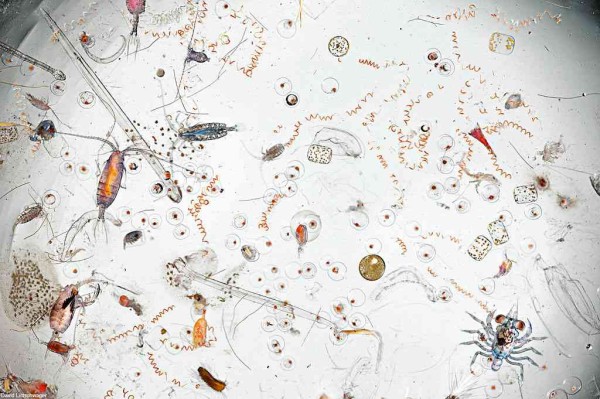
This was one of this amazing internet times where there is a total disconnect between people who know about zooplankton and everyone else. Everyone else was having a “My God, it’s full of stars” moment.
Meanwhile, I was bemused. Because this is a pretty standard, even marginally boring, zooplankton sample. I have seen literally thousands of samples (and I am using literally correctly here) that look just like this. There is nothing unusual whatsoever about this picture…except for that it’s based on a misconception.
This is NOT a “drop” of seawater. The ocean is not a thick zooplankton soup, except for in some rare and special circumstances. This is the result of towing a zooplankton net around to concentrate seawater enough to actually look at the zooplankton. Basically, this photo is a swimming-pool amount of ocean concentrated down into about a half-pint of goo.
This is a zooplankton net towing along (a bongo net, which has two nets, specifically). The cod ends are the solid white bits on the right side. That’s where the zooplankton end up.
This is a cod end filled with gooey plankton goodness, ready to be emptied into a bin and preserved:
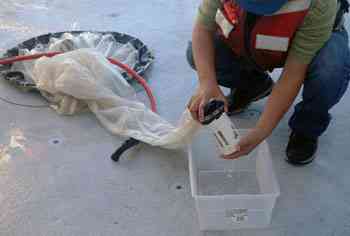
This is a pint jar of concentrated zooplankton (the center of my life for about 4 years):
When you put all that beige goop under the microscope, you get the “single drop” in the viral photo above. My God, it’s filled with critters! But it’s the critters from a pretty big swathe of ocean, artificially brought together.
So, here’s my question, Did people think this was cool because zooplankton are awesome? I hope so! Because zooplankton ARE awesome! And that makes me happy!
Or did people think this was cool because they mistakenly thought that every drop of ocean was stuffed with zooplankton and were kinda freaked out that chaetognaths (the long wormy things) were going to eat their eyeballs? Because that does not make me happy. Chaetognaths are often around 1/2″-1″ long and wouldn’t fit in a drop of seawater (or in your eyeball) anyway.
Regardless, zooplankton going viral made me realize how much scientists can take for granted – knowing that the ocean is full of hard-to-see and beautiful animals, for example. We need to remember to share that more often.
UPDATE: A commenter on Boing Boing pointed me to this background on the original photo. In short, it was taken off Hawaii in 2006 by David Liittschwager, and was actually collected with a dip net, not a towed net. Here’s a photo of a dip net, though Liittschwager collected at night when far more animals are at the surface.
Also, click through for ID of the plankton in the photo by Scripps professor Mark Ohman, who also happens to have been my Ph.D. advisor. (Zooplankton <3 4-evah!)


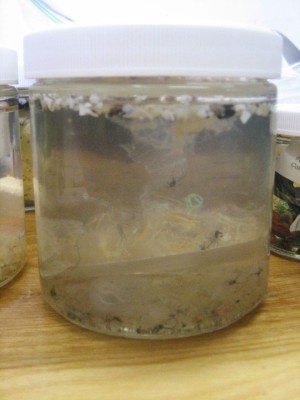
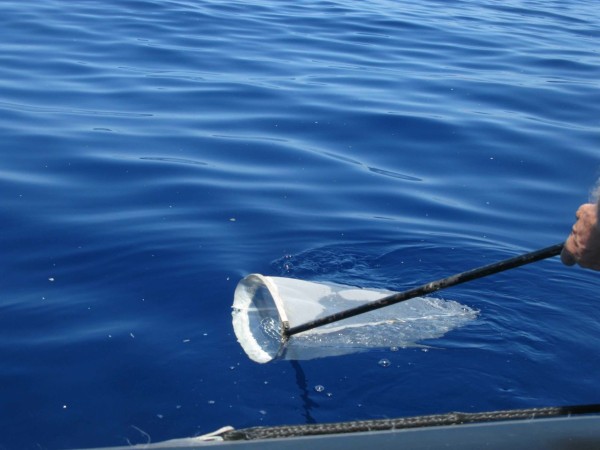
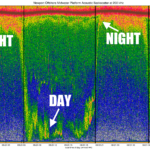
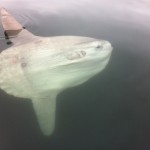


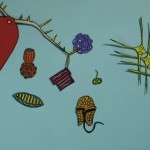
From a scientific illustrator, this is awesome. I could spend hours drawing more of these!
Actually, mostly I thought “What a lot of microscopic creatures in that drop; I am never swimming with my mouth open again”
Much relieved now! (And yes, more seriously, zooplankton are excellent things to be interested in. My geekery is different – classics/epigraphy – but undeniable.)
That’s exactly what I was afraid of, and why I wrote the post!
Thank you for sharing this information. The widely spread image is my photo I took in 2005, I don’t know how National Geographic or the before mentioned photographer got this image. The plankton were from out in the vast open ocean in the middle of the Gulf of Mexico. They were concentrated a thousand times before being magnified. A lesser concentration of water would not reveal its diversity which is so amazing. Filtering that much water takes a really big net and a really big research vessel. I was stunned to see my photo inaccurately cited and described on Mission Blue facebook recently and then learn that it had been previously published several times earlier. Mission Blue is correcting the misinformation which I appreciate. I do however, appreciate that there is so much interest. I hope those who were turned off of swimming in or exploring the ocean will be relieved and want to keep exploring and learning about the ocean.
If this is your photo you should contact David Littschwager, since it’s up on his webpage as something that he took, under a copyright.
I was not aware of one of these images going around like this before I saw it on Mission Blue and I was surprised because the composition and abundance was just like what I had been photographing in the Gulf of Mexico from IK liter open ocean water and thought the claims of being a drop of ocean water misleading and I really thought it was my image. After that I found out about your article and I had the same concerns about people being freaked out. Now I see the before mentioned photographer as having copyright this to his credit many times. I look over his images most are of much greater quality and they are absolutely stunning and I absolutely adore them. I think this is very confusing. Perhaps he had similar images and just confused them. Perhaps I am the one with similar images and I am confused. I have to go way back thru storage to check because the images I have with me now from back then are only similar and not exactly the same match as I thought. I really did think it was the same as one of mine but now I am not sure. Also I am not so sure how he could take such similar image with same species compositions and abundance as I was getting but I guess that is a possibility. But that is very strange and hard for me to get a handle on since I was filtering 1K liters way off shore and he was using a dip net. Since I am no longer sure anymore without finding the exact matching photo I am asking Mission Blue to return the credit as they had it and I do not seek to cause any problems for the previously mentioned photographer.
Well, I haven’t worked in the Gulf of Mexico, but I have worked extensively on the surface of the North Pacific subtropics. It’s entirely plausible that Liittschwager got that sample from a dip net, particularly if he happened into a local convergence zone like a windrow. In terms of species composition, the subtropical neuston looks pretty similar everywhere, so I’m not too surprised by that either. I see no reason to think that Liittschwager somehow is passing off your photo as his own, though I understand how it must be distressing and confusing. Fortunately, there’s plenty of plankton to go around. :)
Well done!
Perhaps another issue is the magnification (25x) on the drop of seawater? 1000x would be better.
“There are countless stories in every drop of seawater. But with a cast of millions and more plotlines than a daytime soap opera, the stories can be a bit difficult to follow.”
http://www.whoi.edu/oceanus/feature/a-drop-in-the-ocean-is-teeming-with-life
Thanks J! I had a professor at Scripps who would profess not to believe in fish since they were so rare compared to the really abundant life in the ocean – microbes. But I don’t think they’re NEARLY as adorable as zooplankton. :)